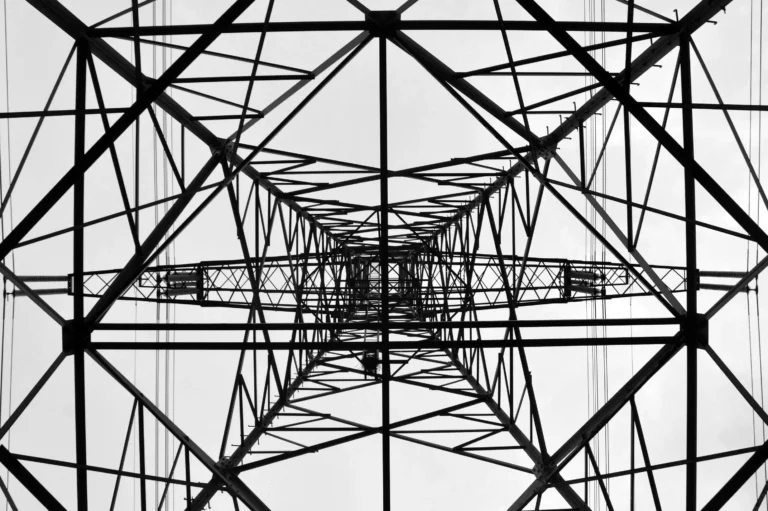MyHEAT
201-1228 Kensington Rd NW
Calgary, AB T2N 3P7
Canada
What is Net Zero Emissions?
In this new weekly series, we explore the most frequently asked energy questions, so you don't have to. This week we explore energy answers related to "What is Net Zero?"
What does Net Zero Emissions actually mean?
Net-zero emissions, or simply net zero, refers to when all greenhouse gas (GHG) emissions produced by human activities are counterbalanced by removing GHGs from the atmosphere through offsets and removals. We can reach net zero when the input of GHGs are balanced to the output.
But what about carbon neutral? Is there a difference between carbon neutral and net zero?
Net Zero vs Carbon Neutral
Net zero and carbon neutral are terms used to describe different approaches to reducing greenhouse gas emissions. Net Zero is similar to Carbon Neutral, however, it goes beyond just carbon.
Net zero refers to achieving a balance between the amount of greenhouse gases produced and the amount removed from the atmosphere, while carbon neutral refers to offsetting the amount of greenhouse gases produced by removing an equivalent amount from the atmosphere.
In other words, net zero is achieved by reducing emissions and removing any remaining emissions from the atmosphere, while carbon neutral is achieved by balancing emissions with carbon removal.
How can Net Zero be achieved?
Getting to Net Zero starts with reducing emissions (the “Zero” in “Net Zero” doesn’t necessarily mean we are producing zero emissions, but it means we are mitigating the effects of what we do produce).
Some key strategies to achieve Net Zero include:
- Shifting to cleaner technologies and energy systems (i.e. phasing out coal-fired power plants)
- Investing in energy efficiency measures
- Retrofitting buildings
- Decarbonizing aviation and shipping as well as ecological restoration (i.e. planting trees and protecting wetlands).
- Technological approaches to harness carbon dioxide (CO2) will also play an important role. Direct air capture technologies – which can remove CO2 from the atmosphere and either turn it into fuel or permanently sequester it using carbon capture utilization and storage (CCUS).
- The “International credit trade” is another tactic which allows countries to transfer credit for emissions reductions to another country.
Why is Net Zero so important?
To avert the worst impacts of climate change, global net human-caused emissions of CO2 need to fall by about 45 percent from 2005 levels by 2030, reaching net zero around 2050.
What is Canada doing to be Net Zero?
Canada has joined over 120 countries in committing to be net zero emissions by 2050.
To help provide transparency and accountability, on June 29, 2021, the Canadian Net-Zero Emissions Accountability Act was introduced. This Act establishes a legally binding process to set five-year national emissions-reduction targets as well as develop credible, science-based emissions-reduction plans to achieve each target.
How MyHEAT is helping reduce greenhouse gases emissions in North America
At MyHEAT, our mission is to empower a worldwide reduction in urban greenhouse gas emissions, one building at a time. By increasing energy efficiency and reducing energy consumption and energy waste – there is a reduction in urban greenhouse gas emissions.
MyHEAT is also proud to have achieved Climate Neutral Certified status for our 2021 emissions. We measured and offset our carbon footprint with high-quality, verified carbon offset credits, and we are committed to reducing our emissions in the future with an emissions reduction plan.


